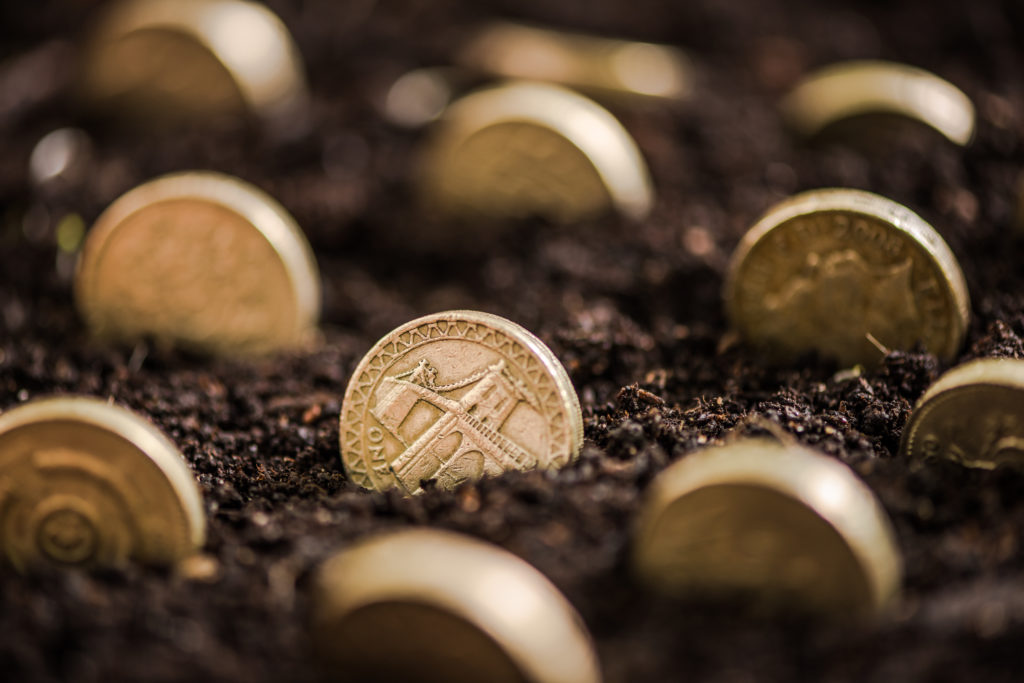
If you are thinking about whether your land could make money if you used it for renewable energy generation then your options are more limited than five years ago but there are still opportunities, explains Peter Cooper, senior associate in the energy team at Stephens Scown LLP.
The essentials: grid connection and planning
The South West has a congested electricity distribution network and is largely closed to new connections without significant cash being thrown at reinforcement works.
Western Power has maps on their website that show which parts of their network are constrained and where a connection is more likely to be “possible without significant reinforcement” (read: cheaper). Sites that can connect cheaply make development more viable.
Obtaining planning permission for a renewable energy development can take many months. Most developers will request an option over the land so they can call for a lease once planning permission has been obtained. Use of specialist planning and grid consultants is highly recommended.
Anaerobic digestion
For dairy or poultry farmers (e.g. those with a use for heat) then consider whether a suitably sized anaerobic digestion plant with a combined heat and power unit is viable as this can be fed by animal waste.
For arable farmers producing energy crops, an AD plant can provide a reliable buyer for the next 10-20 years, although expect hard negotiation on the price per tonne. Strict regulations relating to quality of feedstock result in penalties if breached but the digestate produced can provide a good fixed cost fertiliser at minimal cost.
Gas to grid AD (where the gas produced is injected into the gas distribution network) can obtain Renewable Heat Incentive (RHI) subsidy and avoid the need for a large export connection to the electricity grid but note significant changes are occurring currently to the RHI scheme and more are expected later this year.
Biomass
Often deployed by landowners who have a high heat load (e.g. for poultry houses) but also seen commercially where a regular feedstock is available (e.g. waste wood). We are also seeing tri-generation sites which produce cooling as well as heat and power. This can be useful in on-site industrial processes and RHI is available but consider the need for space for deliveries and storage of fuel.
Battery sites
On a commercial scale, these can either be wired into existing generation sites (co-generation) or standalone units. However, it is important to note that the standalone units still need a grid connection!
We are seeing developers offer a range of rents for battery sites. Get specialist advice before letting the developer apply for a connection on your land as not all sites are suitable and if done wrong then you can end up liable for substantial sums.
For more information, including advice on heat pumps, hydro or geothermal technologies, please contact Peter Cooper in the energy team at Stephens Scown on 01392 210700, energy@stephens-scown.co.uk
First published in Westcountry Farmer on 18 October 2017
